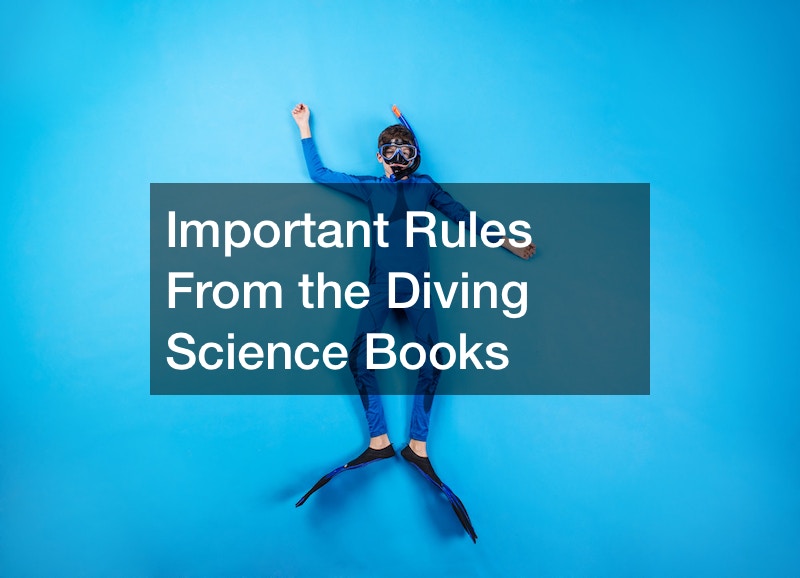Important Rules From the Diving Science Books


So, you’re interested in diving into the fascinating world of scuba physics? This YouTube video takes you on a wild ride through the science behind exploring the underwater realm. The instructor says science and math aren’t just boring stuff at school. They’re trusty companions when it comes to safe and enjoyable scuba diving. Think of them as your secret map to navigating the pressure changes, gas bubbles, and light tricks the ocean throws our way.
As shown in the diving science book, there are three physics players that every diver should know by name. Boyle’s law explains why your ears feel funny, and your mask squishes as you go deeper. Imagine air as squishy balloons. The deeper you go, the more the water pressure squishes those balloons, making them smaller. That’s why you need to equalize the pressure in the ears and mask yourself by pinching the nose and blowing gently.

Remember, holding your breath while descending is a big no-no. Your lungs are like balloons, and they can burst under the increasing pressure. Gay-Lussac’s Law: This law is all about the temperature tango. Think of your scuba tank as a hot-headed party animal. When you fill it up, the pressure and temperature inside go up like crazy.
Henry’s Law: This law is the reason why you get the bends if you ascend too quickly. Imagine nitrogen bubbles as sneaky party crashers. The deeper you go, the more they like to hang out in your tissues, thanks to the increased pressure. But if you come up too fast the pressure drops.



